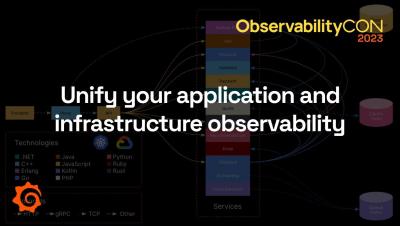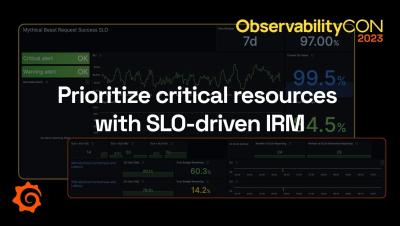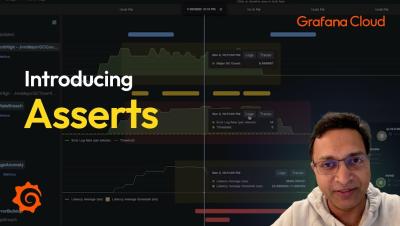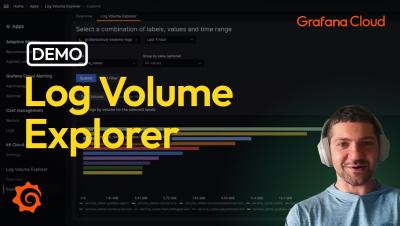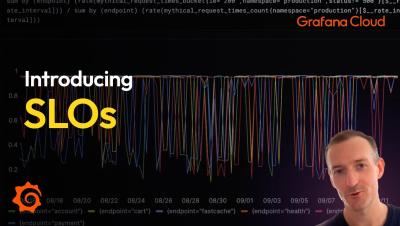Grafana Agent v0.38 release: new OpenTelemetry components, configuration improvements, and more
Grafana Agent v0.38 has hit the digital shelves just before the holiday season! 🧑🎄 The elves over at Grafana Labs have been quietly working on Grafana Agent, with more than 50 updates for all SREs and developers to use — no matter if you’re on the naughty or nice list. This includes new features, improvements, bug fixes, and significant ease-of-use changes.












